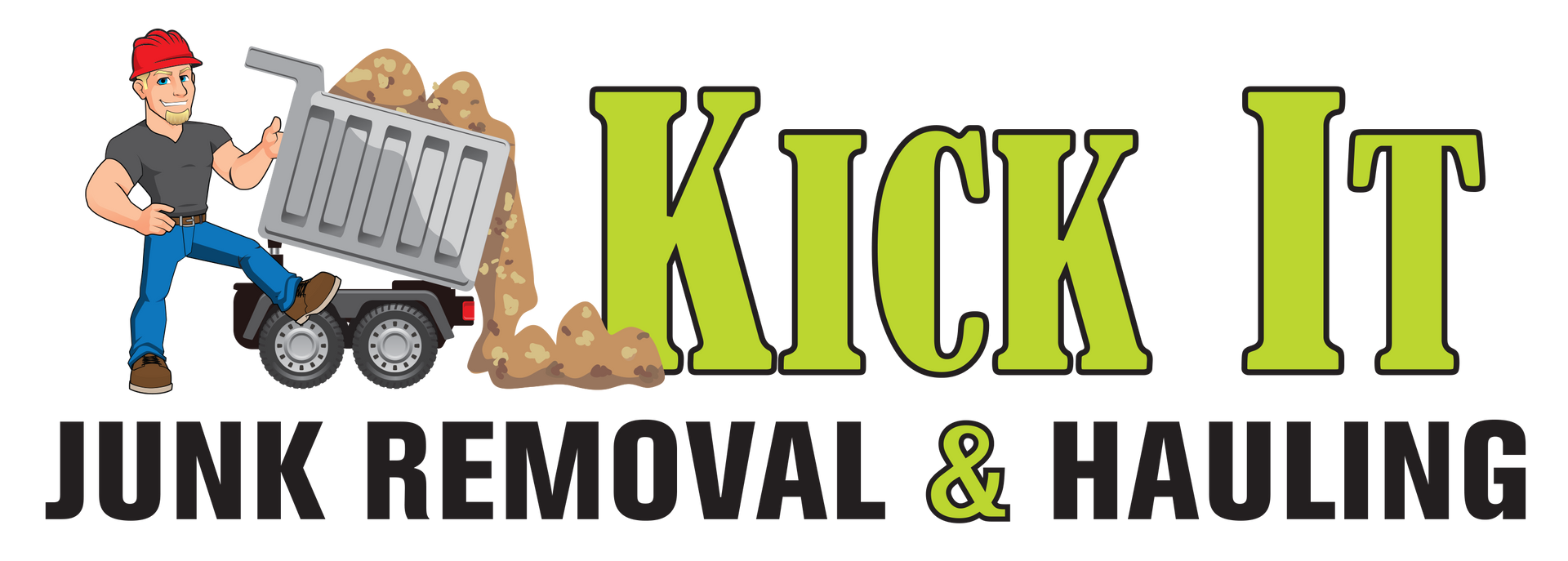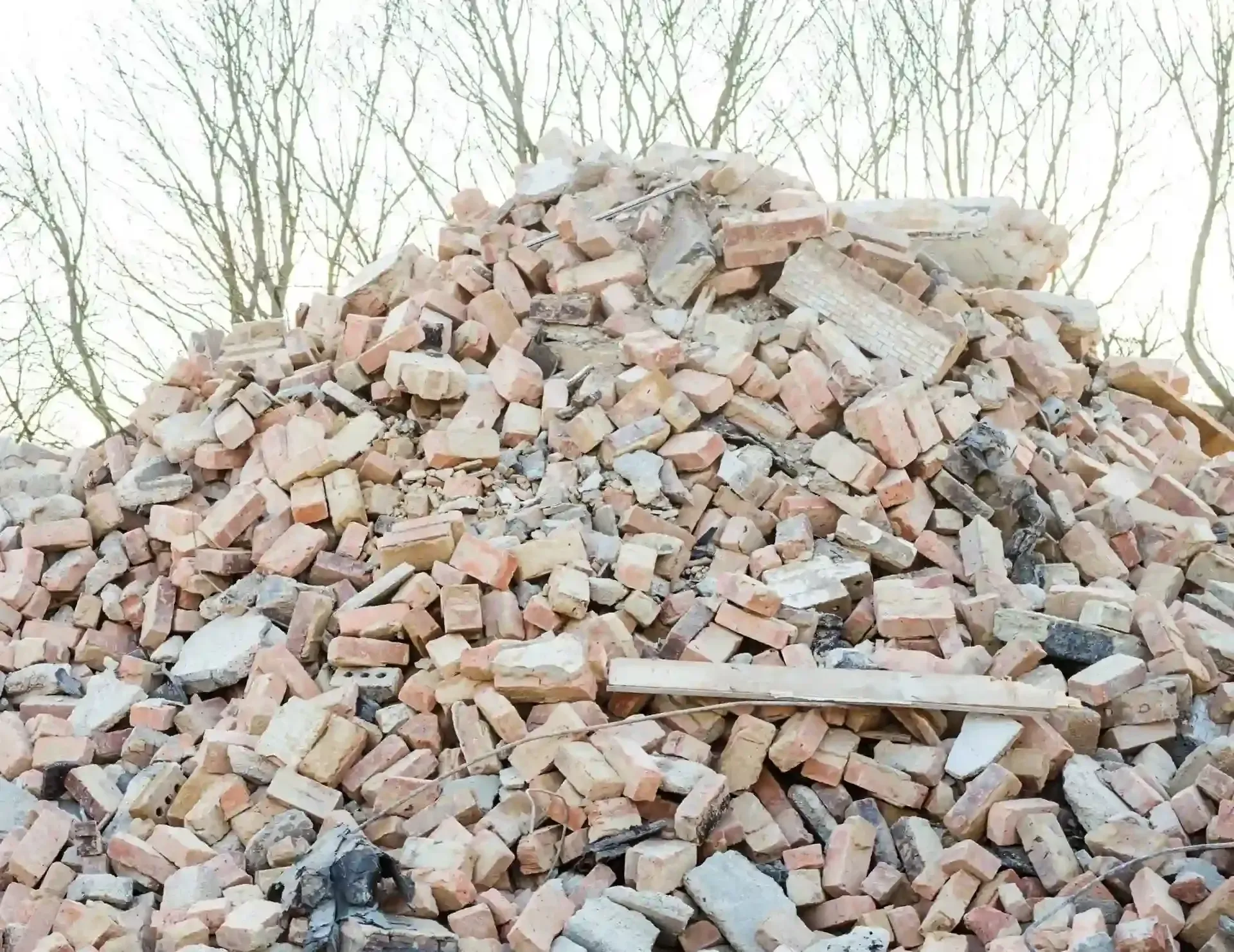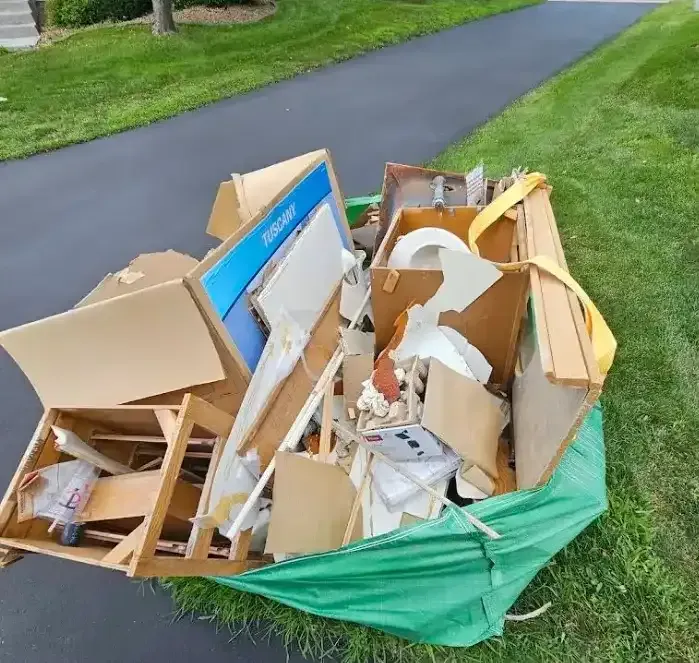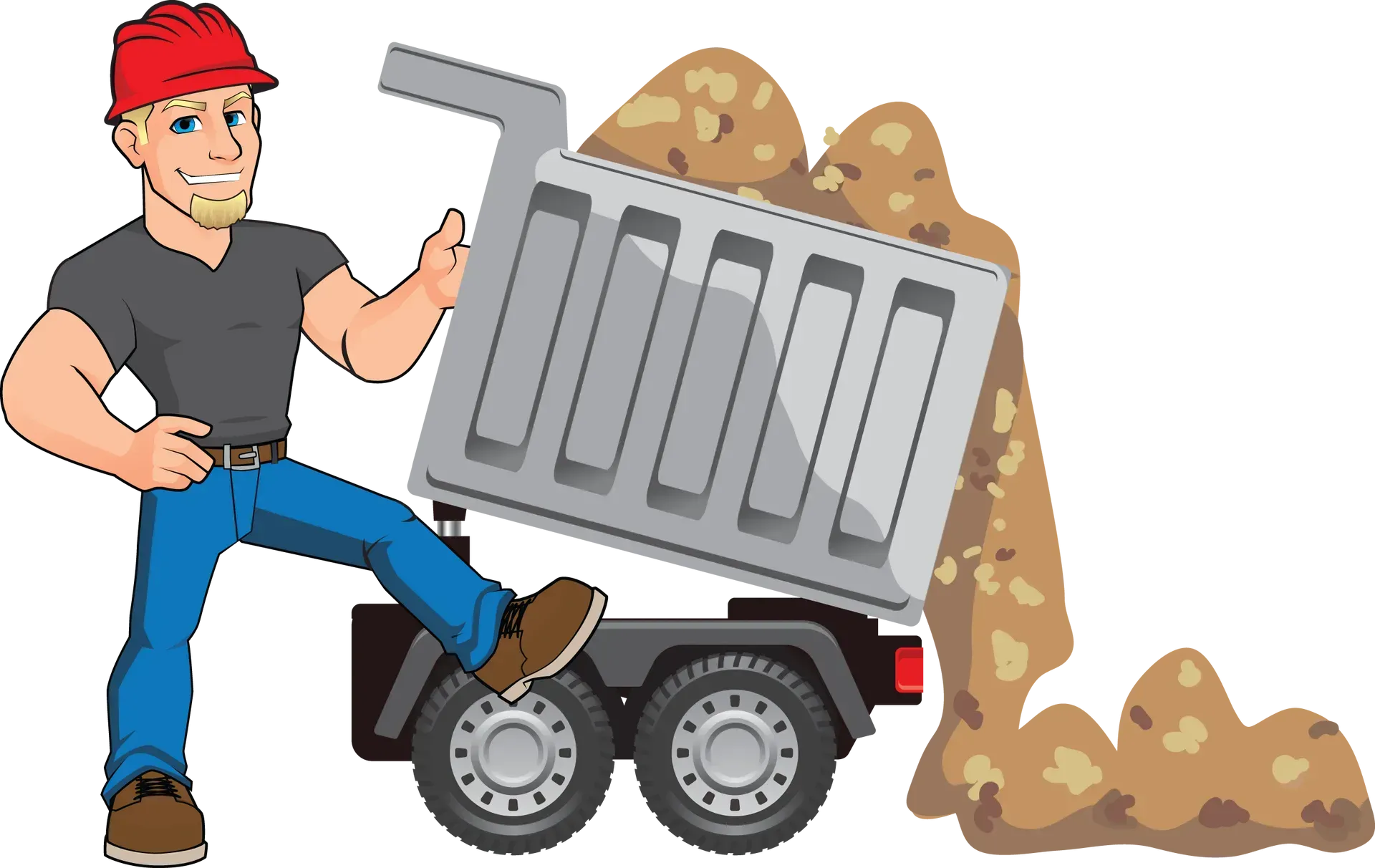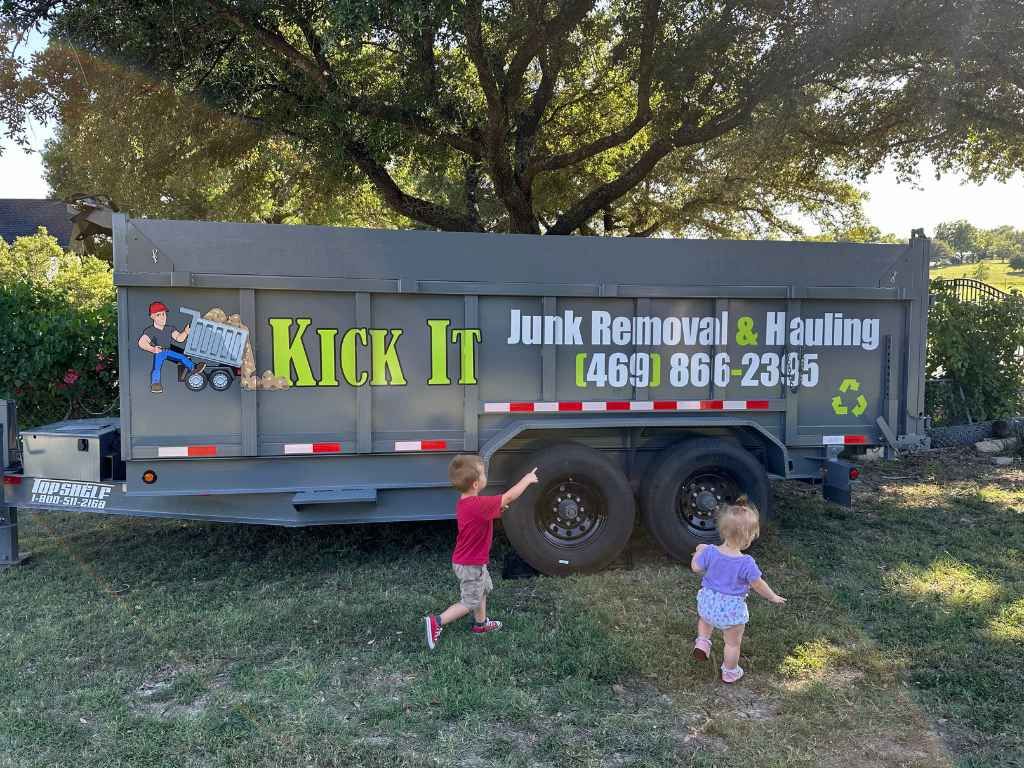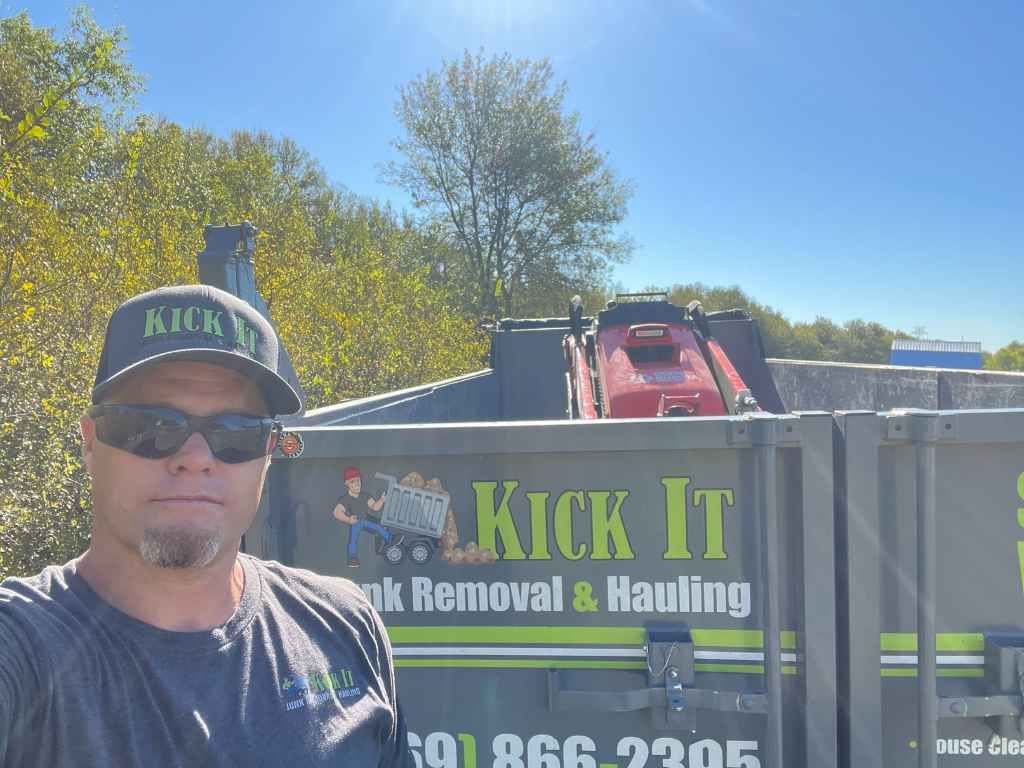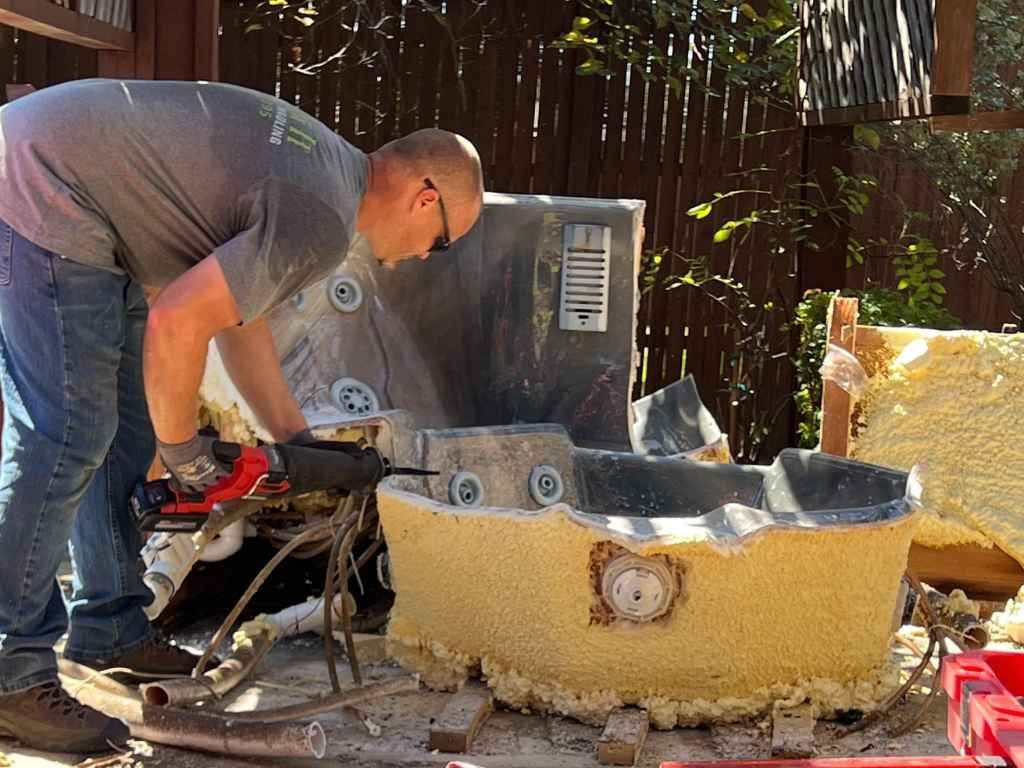Best Practices for Recycling During Junk Removal
When it comes to junk removal, many people think of it as a simple task: just clear the clutter and be done with it. However, the process goes beyond just removing unwanted items; it offers a unique opportunity to help the environment and reduce waste through recycling. By prioritizing recycling during junk removal, you can reduce landfill waste, save natural resources, and contribute to a more sustainable world. Recycling is not just a trend but an essential practice in modern waste management, helping divert recyclable materials from landfills and ensuring they are properly repurposed.
This guide will explore the best practices for recycling during junk removal, providing insight into how to identify recyclables, sort them, and work with professional services to ensure that as much waste as possible is properly recycled. Whether you're handling a DIY clean-out or hiring a junk removal service, understanding the importance of recycling will not only benefit your space but also help preserve the environment for future generations.
The Importance of Recycling During Junk Removal
Recycling is a crucial aspect of waste management. Every year, millions of tons of waste are produced globally, much of which ends up in landfills. This includes items like electronics, furniture, appliances, and construction materials—many of which are made from recyclable materials. However, if these items are not disposed of properly, they can have a significant negative impact on the environment, contributing to pollution, energy waste, and the depletion of natural resources.
By recycling during junk removal, you are actively helping to reduce the strain on our ecosystems. When materials are recycled rather than sent to landfills, they can be reused in the manufacturing of new products, minimizing the need for raw materials. For example, metals like aluminum and steel can be melted down and reused to create new products, while plastics can be reprocessed into new plastic items, reducing the need to create new plastics from petroleum.
Additionally, recycling conserves energy. Manufacturing new products from raw materials generally requires more energy than creating them from recycled materials. By recycling, we reduce the overall carbon footprint of the manufacturing process, helping to combat climate change. Moreover, recycling reduces the amount of waste that ends up in landfills, which helps to extend the lifespan of existing landfills and reduces harmful methane gas emissions from these sites.
Identifying Recyclable Items
The first step in recycling during junk removal is to identify which items can be recycled. Not everything you’re removing from your home or business will be recyclable, so it’s important to know what can and cannot be processed at recycling centers. Here are some common items that are recyclable and can be diverted from landfills:
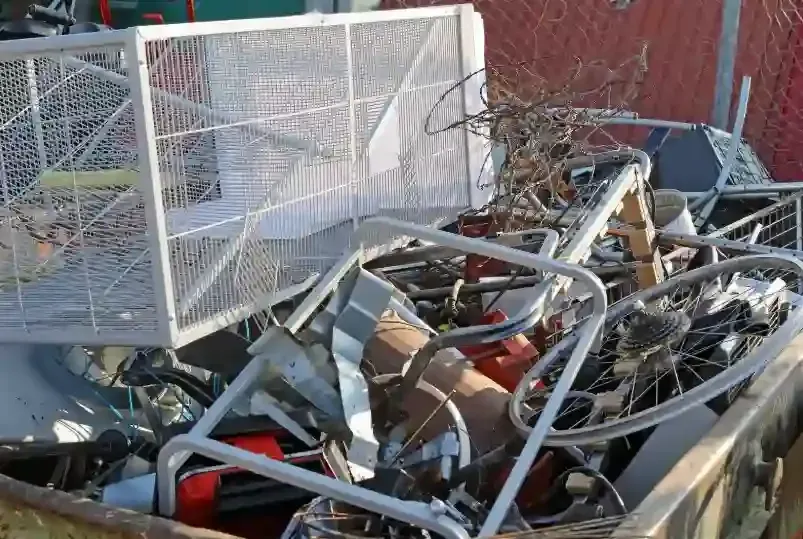
Electronics (E-Waste)
Old electronics are one of the most commonly discarded items that have a great deal of recyclable potential. From cell phones to televisions, computers, and printers, electronics contain valuable metals such as gold, silver, and copper that can be recycled. These metals can be reused in the manufacturing of new electronics or other products.
In addition to metals, many electronics contain plastics and glass that can also be recycled. However, it's important to note that electronics should never be disposed of in regular trash because they contain hazardous materials like mercury and lead, which can harm the environment if not properly handled. Working with a professional junk removal company can ensure that your e-waste is properly recycled.
Furniture
Furniture items such as chairs, tables, and bookshelves can often be recycled or repurposed, depending on their condition. While some pieces may be too worn out to reuse, others may be stripped down for their raw materials. Wood can be repurposed for other furniture projects, or it can be broken down into chips for use in composite products. Additionally, certain metals in furniture, such as steel, can be melted down and reused.
Upholstered furniture, including sofas and armchairs, can be tricky to recycle. However, the fabric and padding can sometimes be reused or recycled, and metal parts like springs or frames can be salvaged.
Appliances
Appliances like refrigerators, dishwashers, washing machines, and microwaves often contain recyclable components. They are usually made from a combination of metal, plastic, and glass, all of which can be separated and processed at recycling facilities. For instance, scrap metal from appliances can be melted down and reused to make new products, while plastics and glass can be reprocessed into other items.
However, some appliances, especially refrigerators and air conditioners, contain chemicals like Freon that require special handling. A junk removal company with experience in appliance disposal will know how to properly handle these items to ensure they are safely recycled.
Construction Materials
During a home renovation or construction project, a significant amount of waste is generated. Many of these materials are recyclable and can be reused in new construction or renovation projects. For instance, metal studs, pipes, and wiring can be recycled. Even drywall can be broken down and reused. Wood, including old beams and lumber, can be salvaged, cleaned, and repurposed into new furniture or building materials.
Old windows, glass, and doors can be recycled or reused in other building projects. In fact, many construction and demolition companies are now making an effort to recycle construction materials, which helps reduce the environmental impact of the construction industry.
Paper, Cardboard, and Plastics
Paper and cardboard are among the most commonly recycled materials. Newspapers, magazines, cardboard boxes, and even office paper can be recycled and converted into new paper products. Plastic, while a bit more complicated, is also recyclable. Items like plastic bottles, containers, and packaging can be processed into new plastic items, reducing the need for new plastic production.
The key to recycling paper and plastics is ensuring they are not contaminated with food or other non-recyclable materials. Sorting these materials correctly and cleaning them before recycling is important for the process to be efficient and effective.
Sorting Your Junk for Recycling
Once you’ve identified the recyclable items, it’s time to sort them. Proper sorting is crucial to ensure that your recyclables don’t end up mixed with non-recyclable materials, which could contaminate the entire load and make it impossible to process. The more organized you are during the sorting process, the more efficiently the recycling facility can handle your materials.
When sorting junk for recycling, it’s helpful to separate your items into distinct categories. You can set up different piles or bins for:
- Metals (aluminum, steel, copper, etc.)
- Electronics (computers, phones, televisions, etc.)
- Paper (newspapers, magazines, cardboard, etc.)
- Plastic (bottles, containers, packaging, etc.)
- Furniture (wood, metal, etc.)
- Appliances (washing machines, refrigerators, etc.)
For more complex items, such as mattresses or upholstered furniture, you may need to disassemble them into their individual components to make recycling easier.
Working with a Professional Junk Removal Service
While it’s possible to handle junk removal and recycling on your own, working with a professional junk removal service can make the process more efficient and effective. These companies have the experience and resources to identify recyclable items and properly sort them for processing. Many junk removal services now prioritize recycling and sustainability, so they have partnerships with recycling centers to ensure that your items are disposed of in the most eco-friendly way possible.
Additionally, professional junk removal services are familiar with the local recycling laws and regulations, which can vary depending on your location. Some items, like electronics or hazardous materials, require special handling or disposal, and a professional junk removal company will know how to manage these materials correctly.
Donate Items Before Recycling
Before you send everything to the recycling center, consider donating items that are still in good condition. Many household goods, furniture, and appliances can be donated to charities or sold second-hand. Donating instead of recycling is a great way to extend the life of an item and help someone in need. Many junk removal services also offer donation pick-up, making it easy to have your unwanted items transported to a local charity.
The Benefits of Recycling During Junk Removal
The advantages of recycling during junk removal are numerous. These include:
- Reducing landfill waste: By recycling, you are ensuring that fewer materials end up in landfills, helping to prolong the life of these sites and reduce pollution.
- Conserving natural resources: Recycling allows for the reuse of valuable raw materials like metals, paper, and plastic, reducing the need for new resources to be mined or produced.
- Lowering energy consumption: Recycled materials require less energy to process than new materials, which helps conserve energy and reduce greenhouse gas emissions.
- Promoting sustainability: By adopting recycling practices, you contribute to a more sustainable future, helping to protect the environment for future generations.
Conclusion
Recycling during junk removal is not just about cleaning up; it’s about making a conscious effort to preserve the planet and reduce waste. Whether you are handling your junk removal yourself or working with a professional service, being mindful of what can be recycled and how it is sorted and processed can have a significant environmental impact. By identifying recyclable items, sorting them properly, and working with a junk removal company that prioritizes sustainability, you can make sure that as much waste as possible is diverted from landfills and repurposed into new products.
If you’re looking for reliable junk removal services that emphasize recycling, Kick It Junk Removal & Hauling is a great option. Located at 14339 Stanley Lane in Forney, Texas, Kick It Junk Removal & Hauling specializes in eco-friendly junk removal, ensuring that your unwanted items are disposed of responsibly. For more information, contact them at 469-866-2395 or email Paul@kickitservices.com to schedule your junk removal today.
